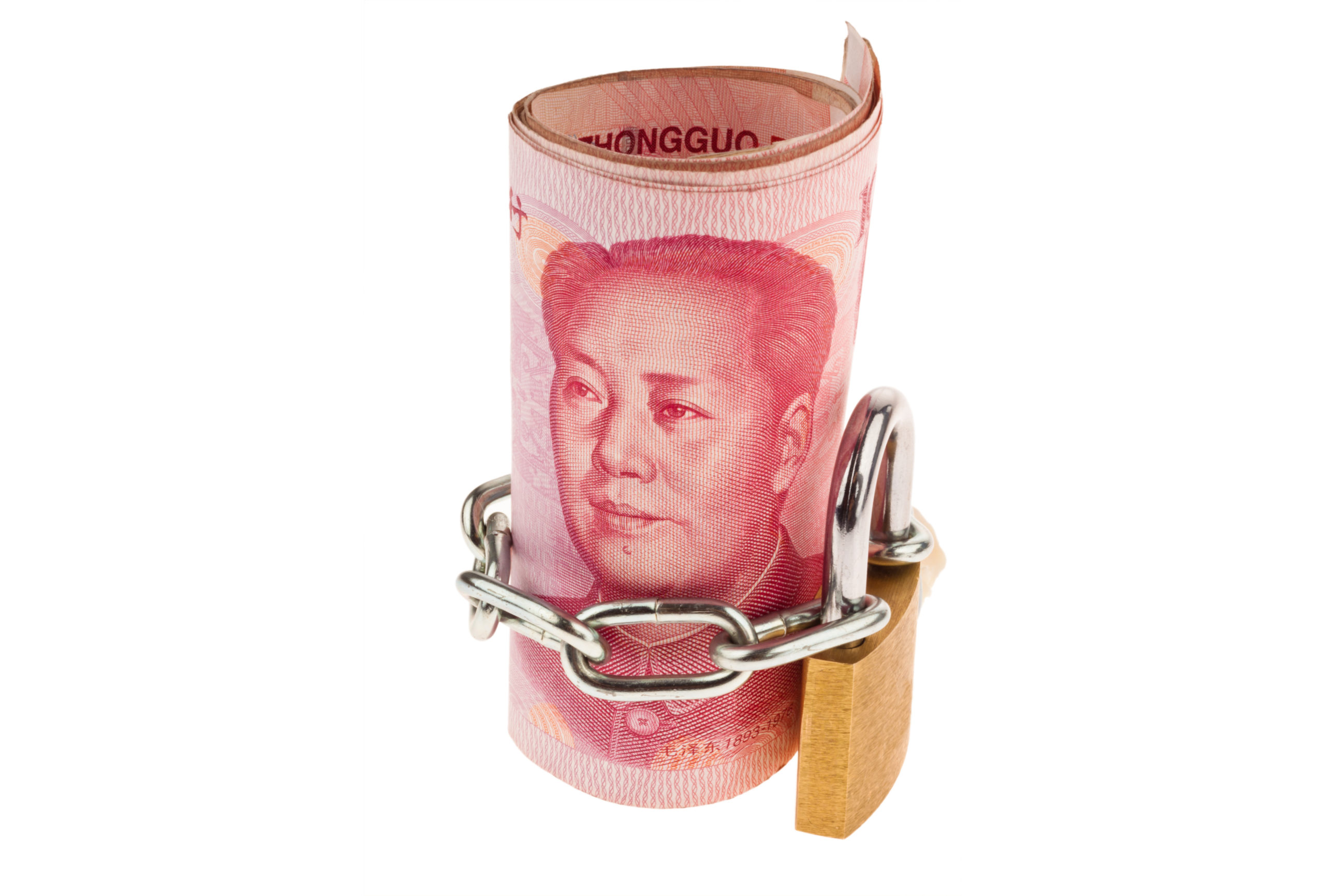While deposit insurance in the U.S. generated confidence, in China it might make people uneasy.
U.S. Deposit Insurance
Confirming the precarious state of banking, notes in hotel rooms told visitors to President Roosevelt’s inauguration that they couldn’t pay for rooms with checks from out-of-town banks. Two days later on March 6, 1933, the new president declared a national banking holiday. He wanted people to know that after the holiday only healthy banks would reopen. Equally reassuring, on January 1, a newly created Federal Deposit Insurance Corporation (FDIC) would guarantee their deposits up to $2500.
Designed to prevent the self-fulfilling prophecy of bank runs, the idea of deposit insurance worked. Because people felt their life’s savings were protected by the government, they no longer rushed to withdraw whatever was available. Compared to more than 9,000 failures in the previous four years, only nine banks collapsed in 1934.
China
In China, in a way, the opposite is happening. It has been 16 years since a big bank failed in China. Under the watchful eye of the Chinese government, all deposits were implicitly guaranteed.
No more.
Starting May 1, only deposits up to Rmb500,000 ($80,600) will be insured. Hoping to encourage more market activity, the Chinese have also said they will remove interest rate caps. No longer capped, interest rates can then be used as a competitive strategy. And you know what happens. Because some banks might engage in riskier behavior, depositors will need insurance.
IMF Countries
By creating explicit deposit insurance, China will be joining 112 of the 189 countries in an IMF survey. Here is the overview:
High income countries are most likely to have deposit insurance schemes.

Consequently, Western nations have the most explicit deposit insurance.

However, not all deposit insurance schemes are equal. Some create more safety than others.

Our Bottom Line: Deposit Insurance
The U.S. and China used deposit insurance to support market activity. The former, though, introduced more insurance while the latter had to create less. However, both knew that banks are the heartbeat of a market system.







I believe that deposit insurance PERVERTS market outcomes rather than enhancing them. “insured” deposits remove the incentive for depositors to shop for banks that rank highly in safety, and therefore “levelize” funding costs for both prudent and imprudent banks. Eventually, with the same funding costs, the bad crowd out the good. This has been apparent in both the Texas S&L crisis and the more recent financial crisis.
What is more, limiting “deposit insurance” to a specific number, like $250,000, creates a rush by larger depositors into banks they believe have IMPLICIT guarantees (“too big to fail”). This was plainly evident in the 2009-2009 crisis.
Both features of deposit insurance (its “funding cost” leveling feature, and the limit feature) DISTORT market forces, even though they may produce periods of substantial lending.
I always appreciate your insight.